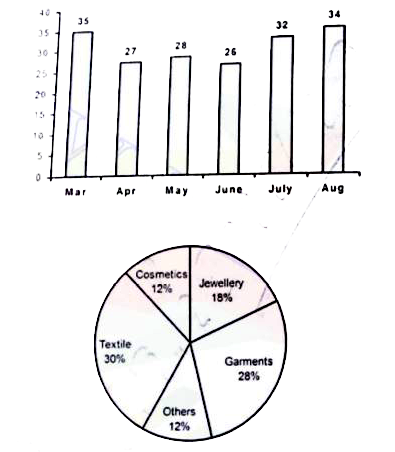Show that for a particle in linear SHM the average kinetic energy over a period of oscillation equals the average potential energy over the same period.
Consider a particle of mass m be executing s.H.M. with period T. The displacement of the particle at an instant t, when time period is noted from the mean position is given by
Y=asinωt
∴ Velocity 1V=dydt=aωcosωt
K.E.,=12mv2=12ma2ω2cos2ωt
P.E.,Ep=12Ky2
=12mω2a2sin2ωt(∵K=mω2)
∴ Average K.E. over one cycle is
EKav=1T∫T0Ekdt=1T∫10ma2ω2cos2ωt at
=12Tma2ω2∫T0(1+cos2ωt)2dt
=14Tma2ω2(T)
=12ma2ω2 −(i)
Average P.E. over one cycle is
EPav=1T∫T0EPdt=1T∫12mω2a2sin2ωt at
=12Tω2a2
=∫T0(1−cos2ωt)2dt
=14Tmω2a2[t−sin2ωt2ω]T
=14Tmω2a2[T]
=14ma2ω2 −(ii)
From (i) and (ii), EKav=EPav
Similar Questions
Show that for a particle in linear S.H.M., the average kinetic energy over a period of oscillation equals the average potential energy over the same period.
View SolutionShow that for a particle in linear S.H.M., the average kinetic energy over a period of oscillation equals the average potential energy over the same period.
View Solution
Knowledge Check

What is the average import of textiles indstry over the period ?A22.32billionB24.32 billionC21.84billionDNone of theseFor a particle performing a linear SHM the ratio of the frequency of oscillation and the frequency of kinetic energy is
A1:1B2:1C1:2D1:4A particle is executing linear SHM. The average kinetic energy and avearge potential energy over a period of oscillation are Kav and Uav Then
AKav=Uav2BUav=Kav2CKav=UavDUav=Kav3
For a body executing S.H.M. :
(a) Potential energy is always equal to its K.E.
(b) Average potential and kinetic energy over any given time inteval are always equal.
(c ) Sum of the kinetic and potential energy at any point of time is constant.
(d) Average K.E in one time period is equal to average potential energy in one time period . Choose the most approprate ooption from the options given below :
View SolutionA particle executes linear SHM with amplitude A and mean position is x=0. Determine position of the particle where potential energy of the particle is equal to its kinetic energy.
View SolutionThe potential energy of a particle executing SHM in its rest position is 15 J. The average kinetic energy of the particle during one oscillation is 5 J. The total energy of the particle is
View SolutionFor a particle performing linear SHM, its average speed over one oscillation is (where, a= amplitude of SHM, n=frequency of oscillation)
View SolutionIn a period of kinetic energy, the number of times kinetic energy and potential energy are equal in magnitude is
View Solution
